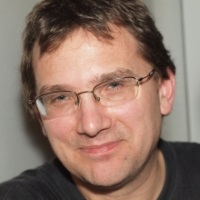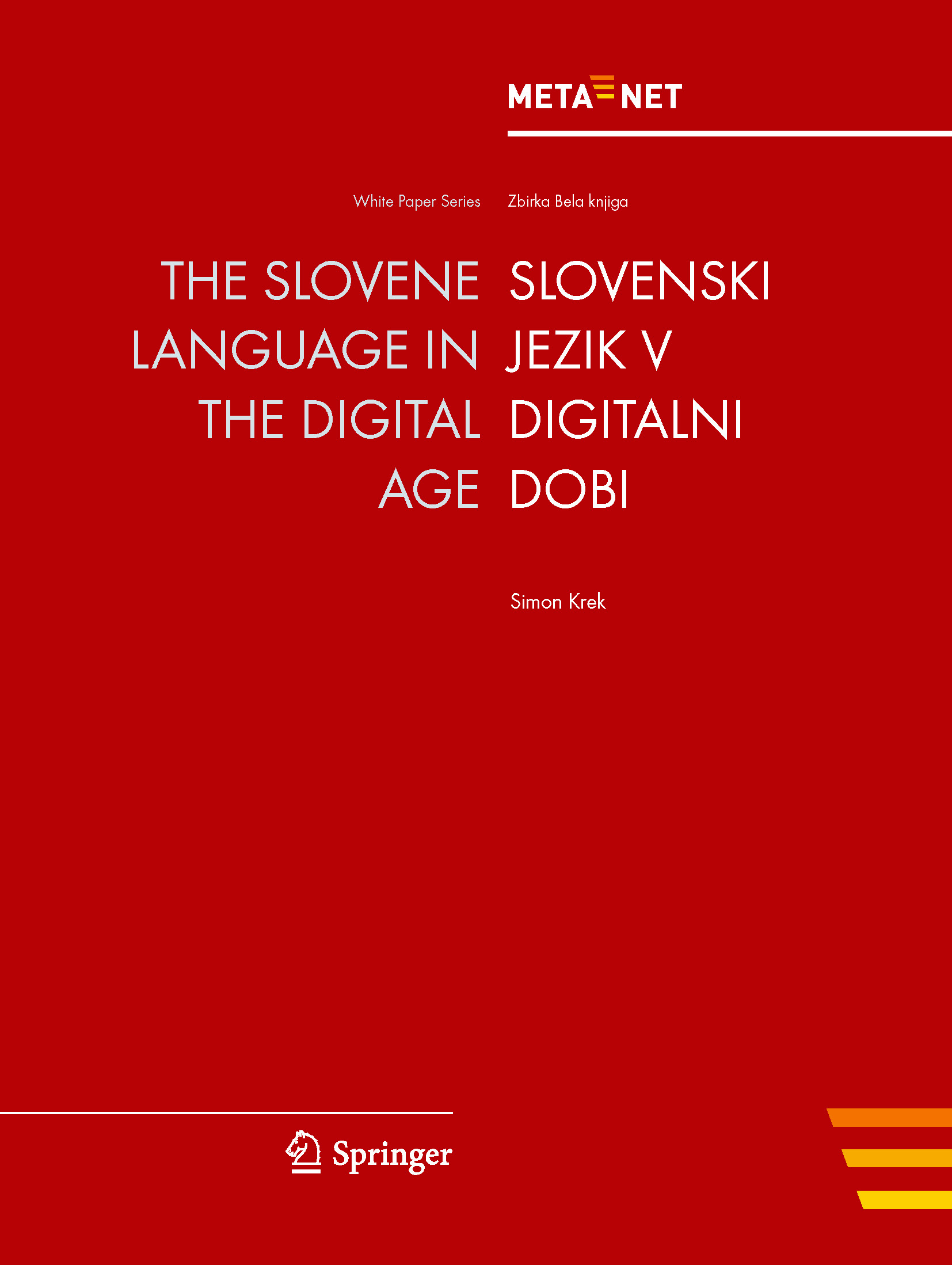The Languages of Slovenia
With over 90% of the Slovenian population speaking Slovene as their first language, Slovenia is one of the countries with the most homogeneous linguistic situations in the EU. In addition to Slovene, languages of the former Yugoslavia are the most spoken minority languages. Furthermore, Italian and Hungarian are official minority languages in some regions near the border. Slovene is also spoken in some regions in Italy, Austria, Hungary, Croatia, the US, Canada, Argentina and Australia. All together, Slovene is spoken by approximately 2.4 million native speakers. 1.85 million speakers are living in Slovenia. Slovene belongs to the South-Western branch of the Slavic languages. Although Slovene is spoken by a relatively small population, it has over 40 regional dialects, which are grouped in seven main dialects. The multitude of dialects complicated the development of a spoken standard.
Features of Slovene:
- The rich inflectional system contains 3 genders, 6 cases and 3 numbers. Slovene is one of the few Indo-European languages, which inflect nouns, adjectives, pronouns, numerals and verbs by the grammatical number dual.
- An adjective is also declined by degree and definiteness. As a result of this rich inflectional system, a single adjective can have 164 word forms.
- Slovene is a language with a relatively free word order. The sentence “Eve gave an apple to Adam.” can have 120 permutations. The different sentence formations stress different aspects of the sentence.
NCC Lead Slovenia
Dr. Simon Krek is Researcher at the “Jožef Stefan” Institute, Artificial Intelligence Laboratory and the Head of the Centre for language resources and technologies, University of Ljubljana. His research interests include lexicography and lexicogrammar, corpus linguistics, natural language processing, language technology infrastructure and computer-assisted language learning and teaching. He takes part in many national and international projects. On national level he is currently the Project Leader of four projects which support the development of language technology and resource infrastructure. On international level he participates in pan-European projects like ELEXIS, CLARIN.SI and MARCELL. Simon Krek authored and co-authored over 350 scientific articles and conference proceedings. Furthermore, he edited as the Editor-in-Chief the Oxford-DZS comprehensive English-Slovenian dictionary.

Current National Initiatives
- There is only funding for CLARIN.SI, and the long-term research programme “LRs/LTs for Slovene”. A 4 million EUR call was published in Nov. 2019 covering LT topics for Slovene such as speech technology, MT, semantic technologies, corpus upgrades and a terminology portal.
Wikipedia contributors. (2020, July 6). Indo-European languages. In Wikipedia, The Free Encyclopedia. Retrieved 15:00, July 6, 2020, from https://en.wikipedia.org/wiki/Indo-European_languages.
Government Communication Office of Slovenia. (2020, June 23). Official Language. In GOV.SI Portal. Retrieved 14:30, July 6, 2020, from https://www.gov.si/en/topics/official-language/.
Events
META-NET White Paper on Slovene
Simon Krek. Slovenski jezik v digitalni dobi - The Slovene Language in the Digital Age. META-NET White Paper Series: Europe's Languages in the Digital Age. Springer, Heidelberg, New York, Dordrecht, London, 9 2012. Georg Rehm and Hans Uszkoreit (series editors).
Full text of this META-NET White Paper (PDF)
Additional information on this META-NET White Paper
Availability of Tools and Resources for Slovene (as of 2012)
The following table illustrates the support of the Slovene language through speech technologies, machine translation, text analytics and language resources.
| Speech technologies | Excellent
support |
Good
support |
Moderate
support |
Fragmentary
support |
Weak/no
support |
|---|---|---|---|---|---|
| Machine translation | Excellent
support |
Good
support |
Moderate
support |
Fragmentary
support |
Weak/no
support |
| Text analytics | Excellent
support |
Good
support |
Moderate
support |
Fragmentary
support |
Weak/no
support |
| Language resources | Excellent
support |
Good
support |
Moderate
support |
Fragmentary
support |
Weak/no
support |
